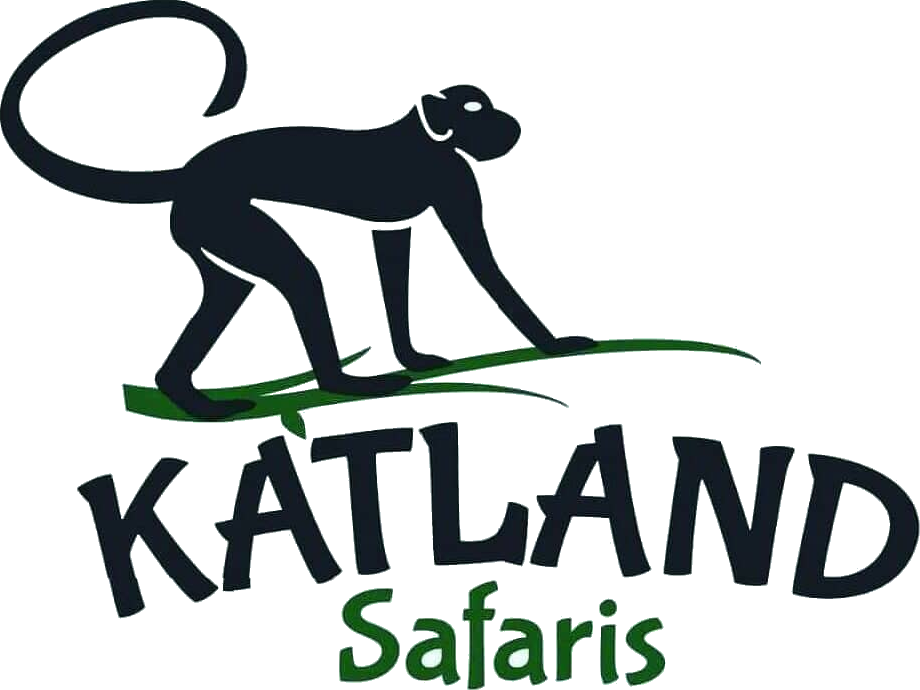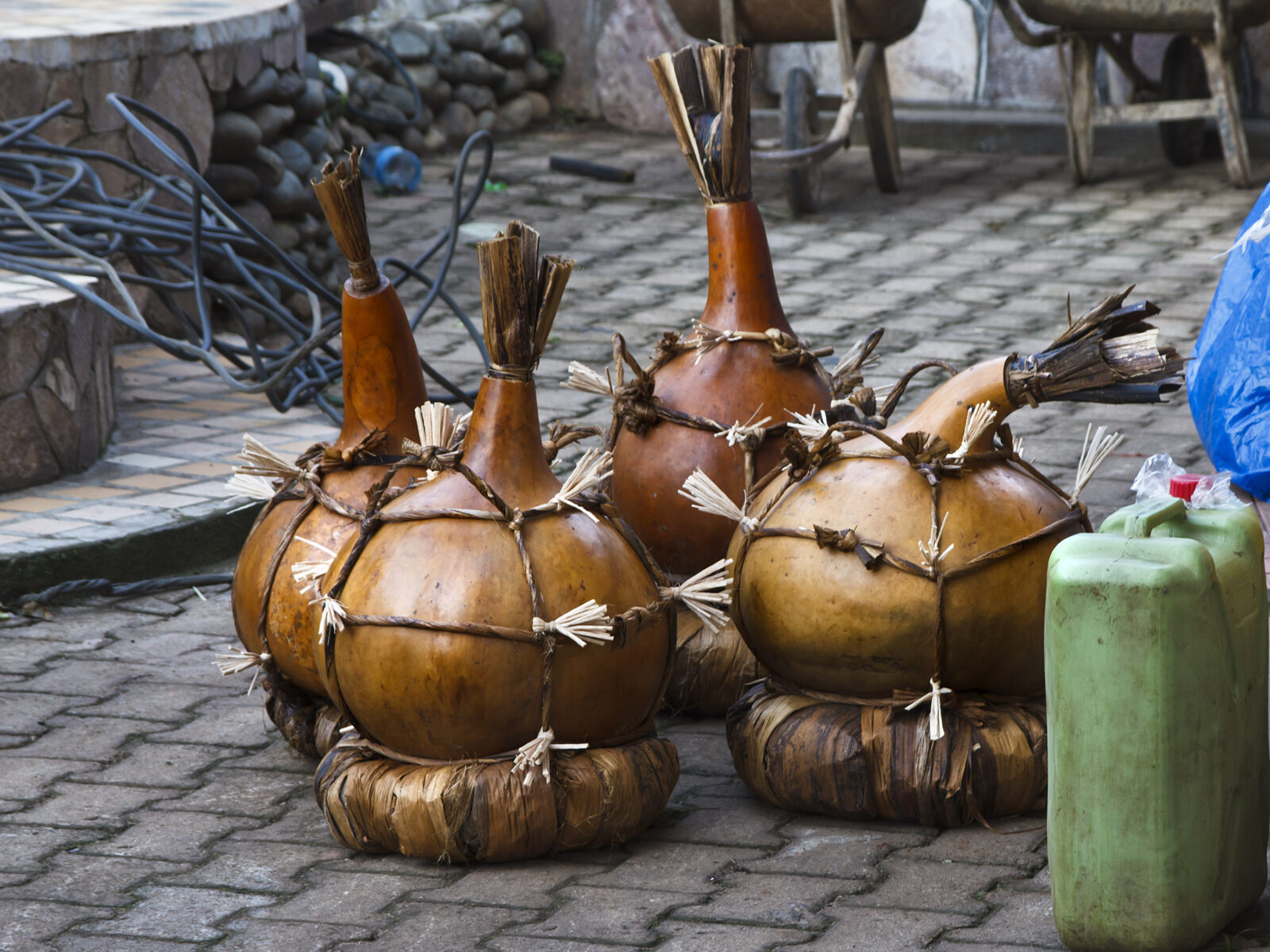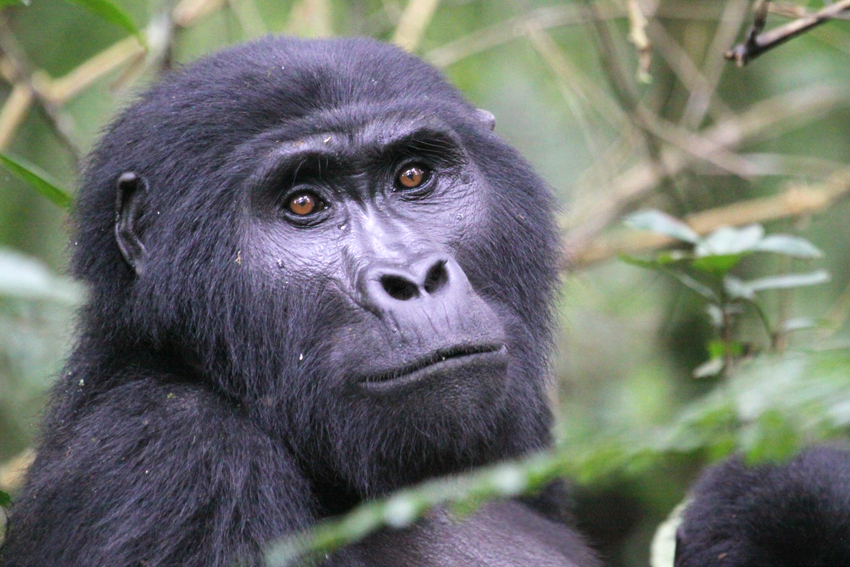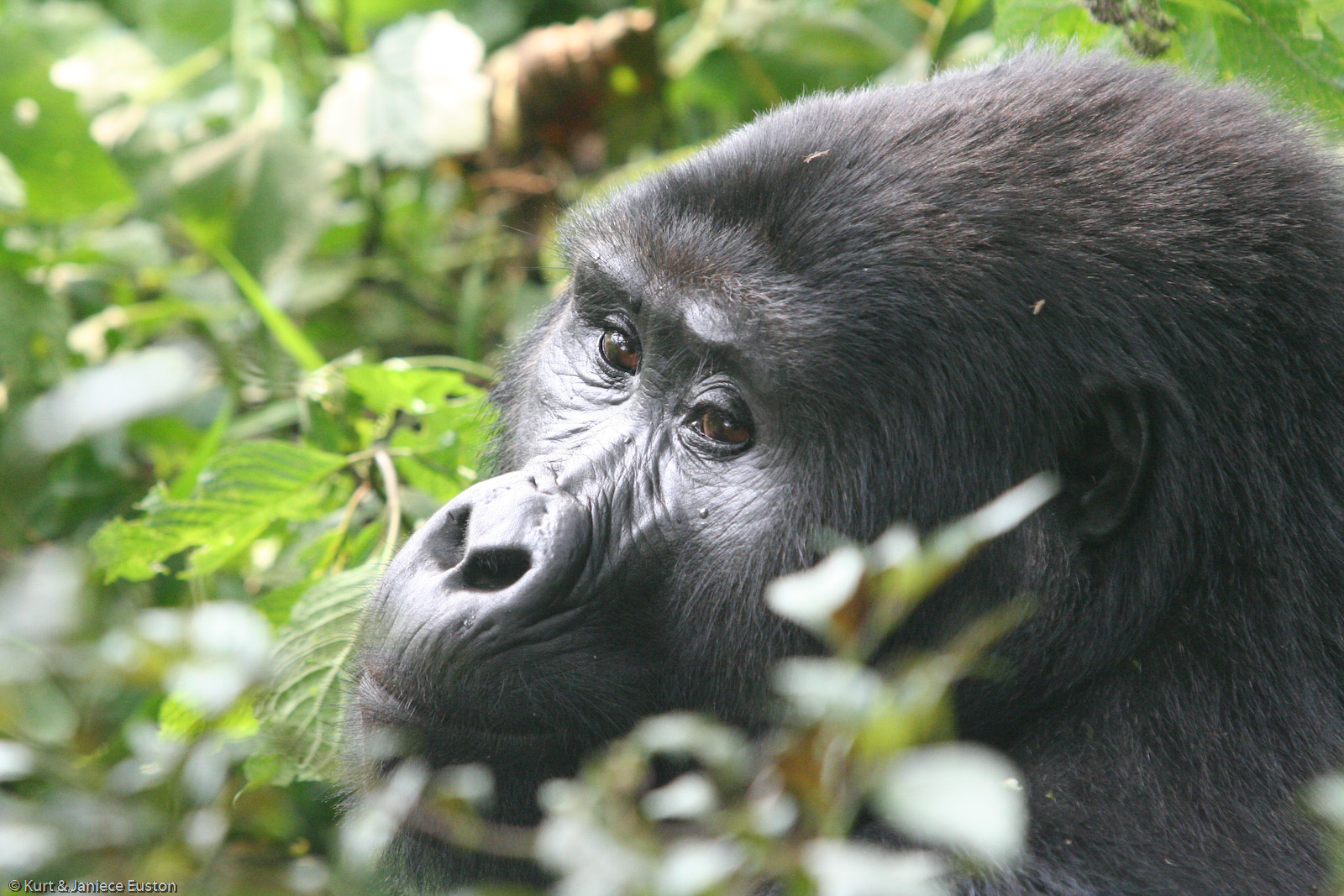Uganda’s local brewing tales | From Banana to Brew – The Untold Tales of Uganda’s Local Beers and Cultural Heritage.
Uganda’s local brewing tales.
Uganda has a significant population of alcohol consumers who enjoy a wide range of beverages, including bottled beers and wines, as well as locally produced brews like Ajon, Malwa, and Mwenge Bigere, also known as tonto, which is predominantly brewed in the central region.
Despite criticism from elite circles about its unconventional brewing method, Mwenge–Bigere remains surprisingly popular. The traditional brewing process, which involves using foot, has remained unchanged to pinpoint an exact location or date of discovery, as traditional brewing practices have been passed down through generations and have likely evolved. However, important to note that production and consumption of traditional brews like mwenge–bigere are deeply ingrained in the Baganda culture for centuries, and production and consumption play a significant role in social and ceremonial events.
In the central region, mwenge–bigere production roles on local sour bananas, specifically the East African highland bananas, which are known as Kayinja. Those bananas are widely cultivated in Uganda and serve as a staple food for the Buganda tribe.
As Katland safaris, we offer our clients a hands-on experience with mwenge – bigere production during visits to local homesteads, offering background on local brewing. They also get to see how bananas are harvested from nearby plantations and transported to the brewing site. Often by bicycle or motorcycle.
The bananas are then plucked and placed on a wooden structure above a fireplace locally termed “ekibanyi,” covered with polythene and dry banana leaves for five days to quicken the ripening process and add aroma to the final product.
Alternatively, the bananas can also be buried underground to quicken ripening. After six days, the raw material is now yellow in color, indicating ripeness, and the ripe bananas are peeled and transferred into wooden troughs curved out of a tree stem, ready to be squashed by stamping them using bare feet.
In some modern settings or commercial production facilities, mechanical devices such as motorized blenders may be used to speed up the process and reduce the manual effort required.
At Katland Safaris, we ensure our clients experience authentic traditional mwenge–bigere production in smaller-scale settings. The traditional method involves mashing bananas in a large wooden trough called “eryaato” using bare feet. While both men and women can enjoy mwenge–bigere, traditionally, men are responsible for stamping the bananas due to the physical demands of the process because it requires strength and endurance, as it can be quite labour-intensive, usually taking about 40 minutes or more in a series of steps taken during the production of this local beverage.
Ingredients.
Mwenge – bigere is usually made from fermented bananas, particularly the East African highland bananas, which are abundant in Uganda. Sometimes, millet or sorghum may also be added to the mixture.
Preparation.
Whoever is to stamp the bananas in the trough has to wash their feet thoroughly at least 10 minutes before the activity. The bananas are first squashed or stamped into a pulp using bare feet. When the stamping has produced the desired result, spear grass is introduced to the trough to help blend the banana paste further in thinner juice, and afterwar, about seven 20 litre jerrycans of water are added to dilute the concentrated banana juice.
Fermentation | Uganda’s local brewing tales
A big saucepan is placed in a slanting position next to the trough. Fresh banana leaves are used as funnels to guide the juice from the trough into the saucepan, with the spear grass acting as a sieve. The mixture then takes several days to a week to ferment. During fermentation, natural yeast present on the banana skins or introduced from the environment helps to convert the sugars in the bananas into alcohol.
Straining
At this stage, after fermentation, a liquid is strained to remove any solid particles, resulting in a clear or slightly cloudy liquid.
Packaging
The brood mwenge bigere is then transferred into a container such as jerry cans or bottles for storage and transportation to local bars or markets for consumption. A Jerry Can of tonto usually costs between Shs. 45,000 to Shs. 50,000, while a glass goes for around 1000 shs.
Serving
After the brew is packaged, the client gets an opportunity to taste their make, mwenge–bigere at social events, traditionally served in small cups and enjoyed at social gatherings, ceremonies, refreshment in local bars and pubs.
The time it takes to make Mwenge – Bigere.
The process can vary, but the entire process typically takes around a week. Fermentation conditions and personal flavor preferences can influence the duration.
Through engaging in these activities, our clients get an opportunity of learning and appreciate the customs and traditions of the people in the local communities of Uganda, and in the process, this promotes and preserves the culture and way of life of the locals.
Booking gorilla trekking safaris in Uganda and Rwanda with Katland Safaris.
Katland Safaris organizes the best gorilla and wildlife safaris in East Africa. When it comes to gorilla trekking, we will book your gorilla trekking permits for Uganda`s Bwindi and Mgahinga gorilla national park and gorilla permits for Volcanoes National Park in Rwanda. Besides booking your gorilla permit, we will also put all other gorilla safari accessories, like transportation and accommodation, in one package to make your gorilla trekking safari a memorable adventure:
Your gorilla trekking safaris can be customized to meet your safari expectations and needs, and budget. The safari package can range from budget, mid-range, and luxury safaris.
Feel free to contact our team of excellent safari consultants to help you organize the best Africa gorilla safari ever.
Embark on an unforgettable Gorilla trekking and wildlife safari experience in Uganda and Rwanda.
WhatsApp us at +256705778866 to book your safari today!
Email us at info@katlandafricagorillasafaris.com for more information
Visit www.katlandafricagorillasafaris.com for exciting tour packages and itineraries.



